October 24, 2023
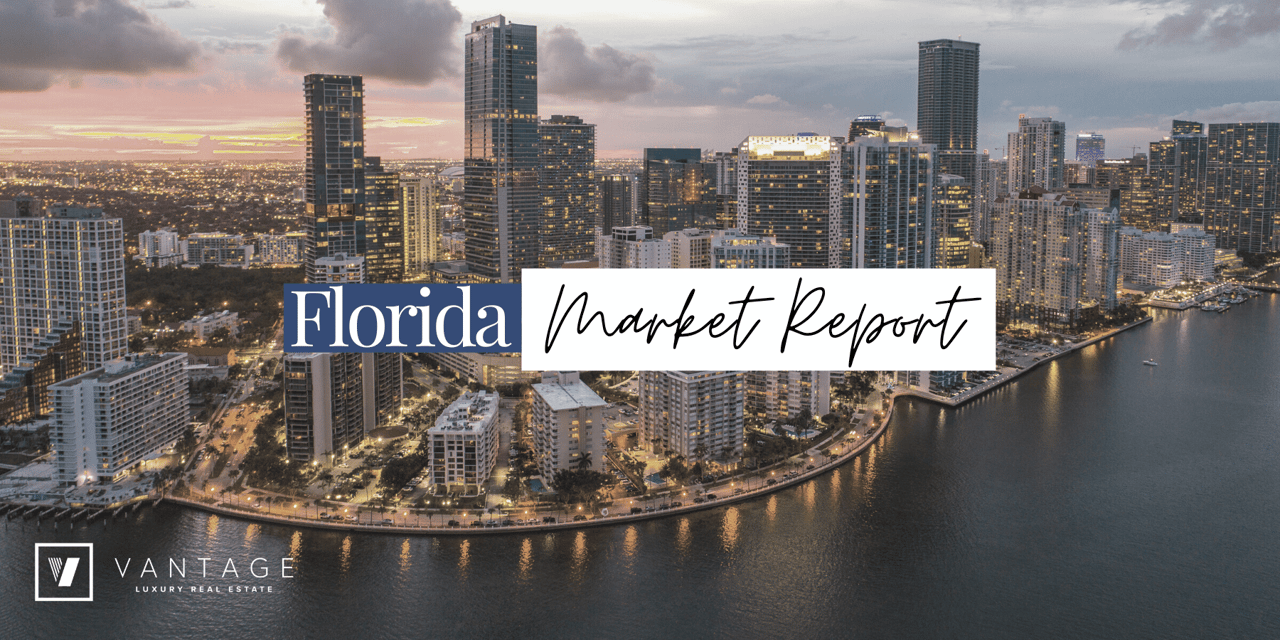
















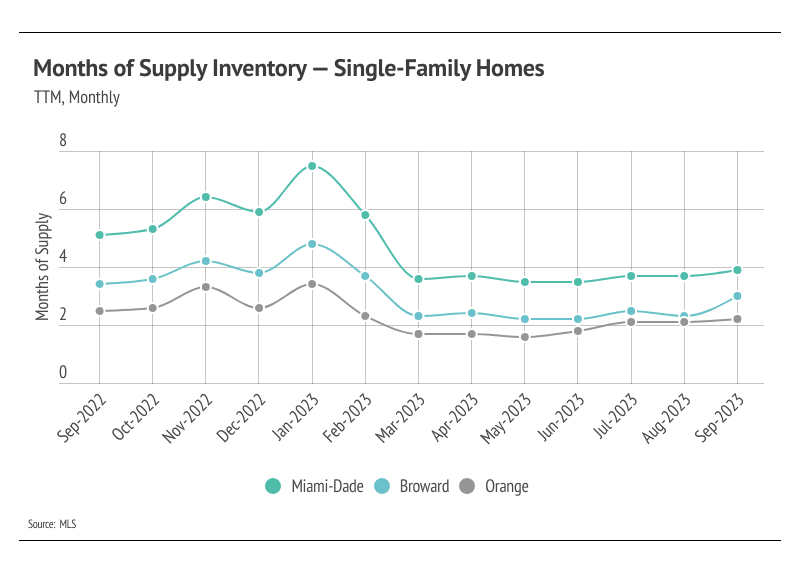
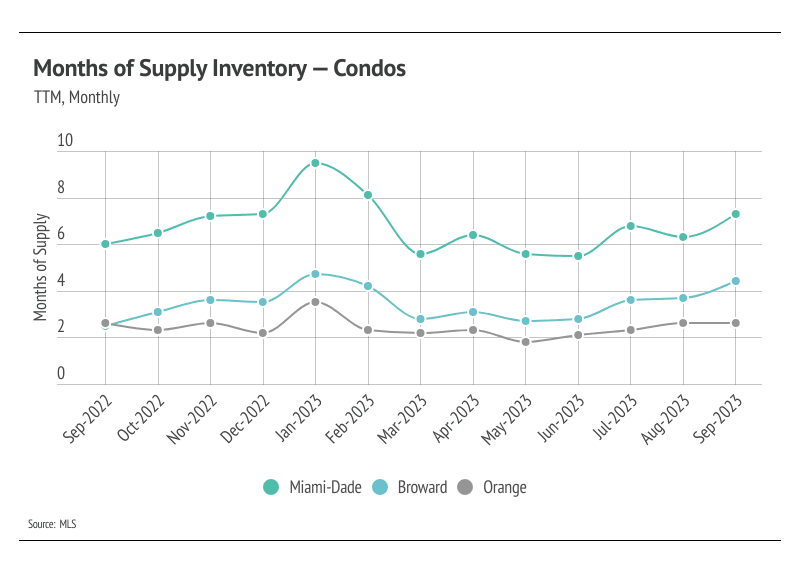
Stay up to date on the latest real estate trends.

key biscayne
Lucas Boccheciampe | January 1, 2026
Strategic insights for long-term investors targeting stability, scarcity, and premium coastal real estate in 2026

What to do in Miami
Lucas Boccheciampe | December 18, 2025
Your Ultimate Guide to Miami’s Best Events, Lights, Concerts & Dining of December 2025

key biscayne
Lucas Boccheciampe | December 11, 2025
Explore the Miami neighborhoods where stars like Shakira, LeBron James, and David Beckham live in luxury homes surrounded by sun, style, and privacy

Market Report
Lucas Boccheciampe | December 4, 2025
Why prices stay steady, cash buyers dominate and both buyers and sellers still have a shot in Miami’s shifting 2025 market

Events
Lucas Boccheciampe | November 27, 2025
Miami’s Weekend Markets: Fresh, Local, and Full of Flavor

Miami
Lucas Boccheciampe | November 20, 2025
Discover the top events, art fairs, and must-book restaurants during Miami Art Week 2025, from Art Basel to private collections and Design District highlights.
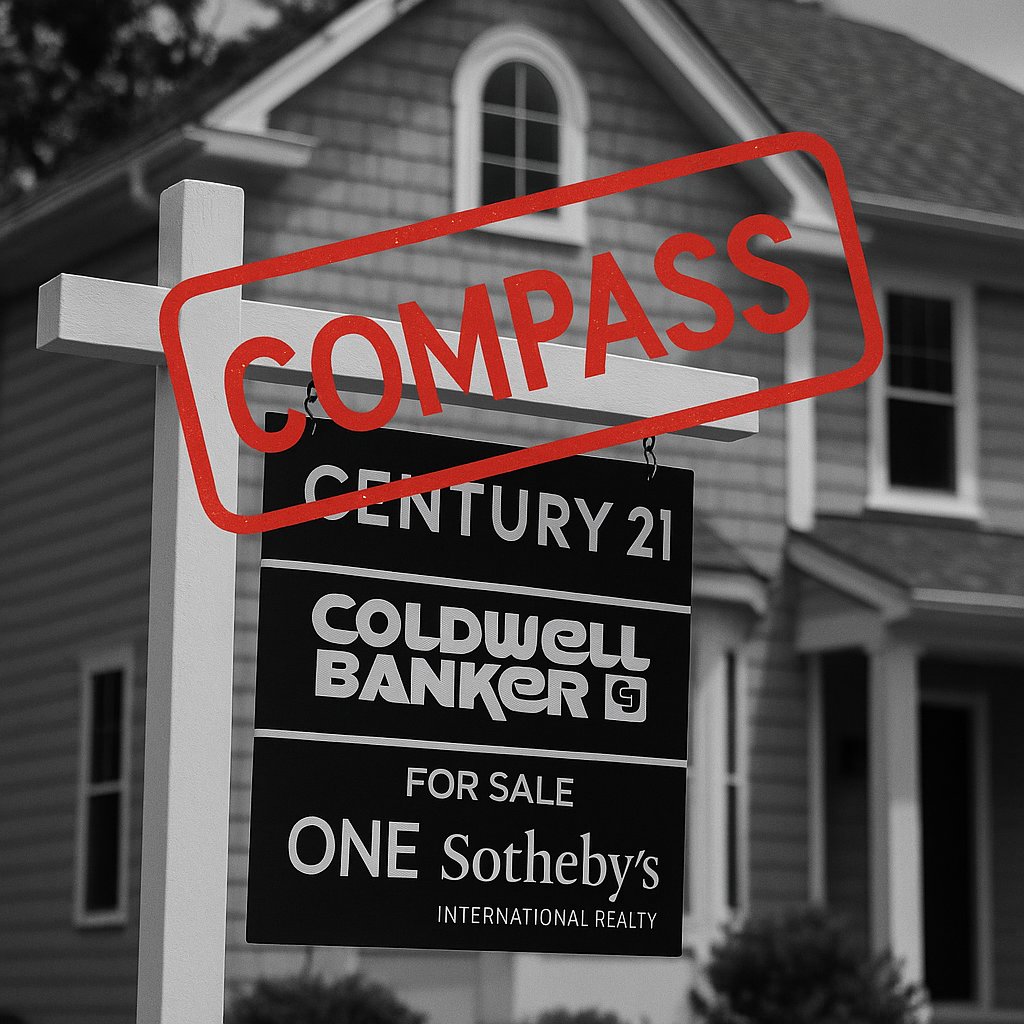
Real Estate
Lucas Boccheciampe | October 3, 2025
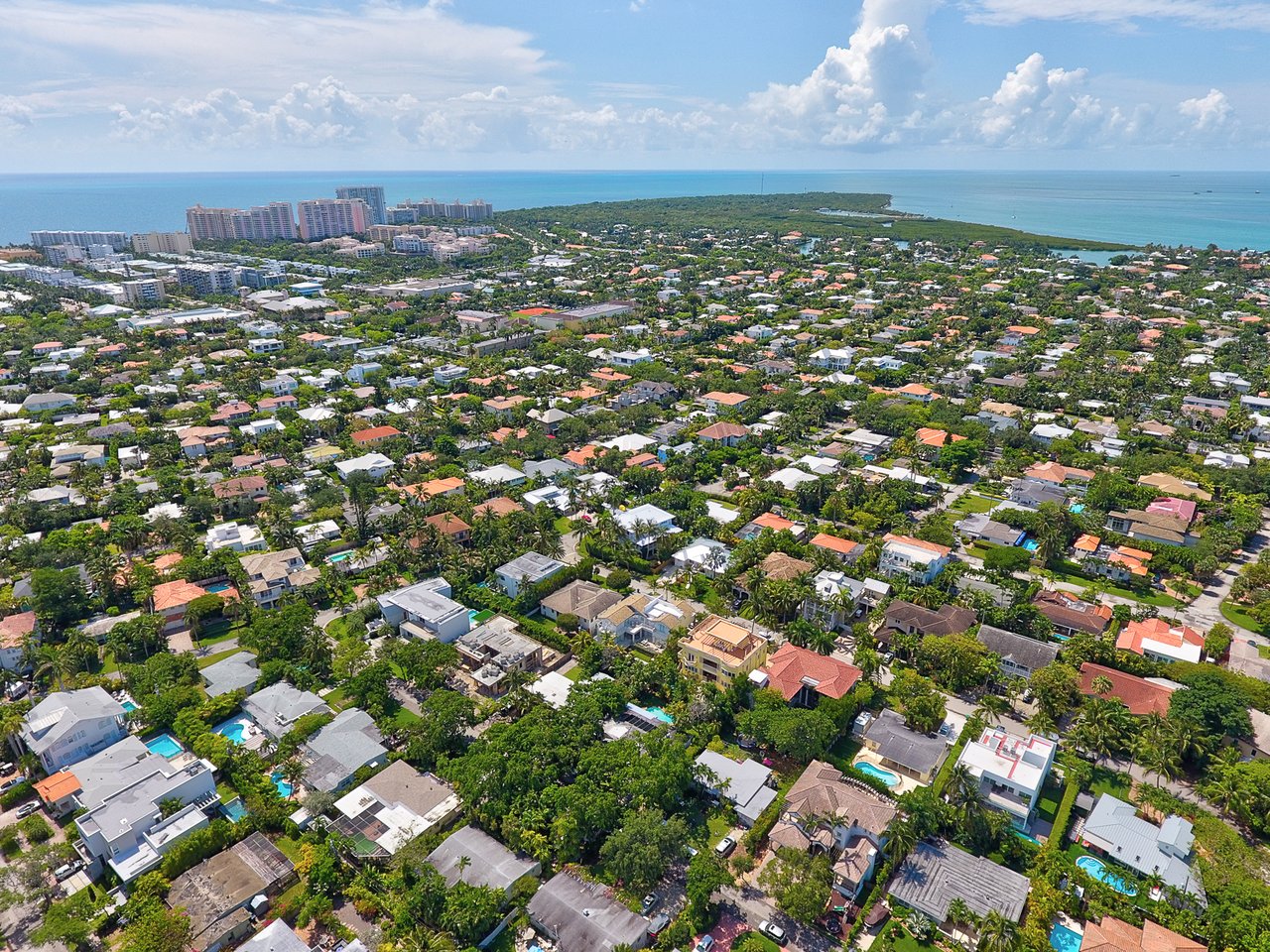
Real Estate
Lucas Boccheciampe | September 9, 2025
“Key Biscayne’s $5M-plus homes are stuck in a stalemate. Post-COVID frenzy has faded, inventory is piling up, and overpriced listings are sitting idle. Here’s why sell… Read more

Real Estate
Lucas Boccheciampe | August 20, 2025
Key Biscayne emerging as a rival to Miami Beach for Wealthy Buyers
You’ve got questions and we can’t wait to answer them.